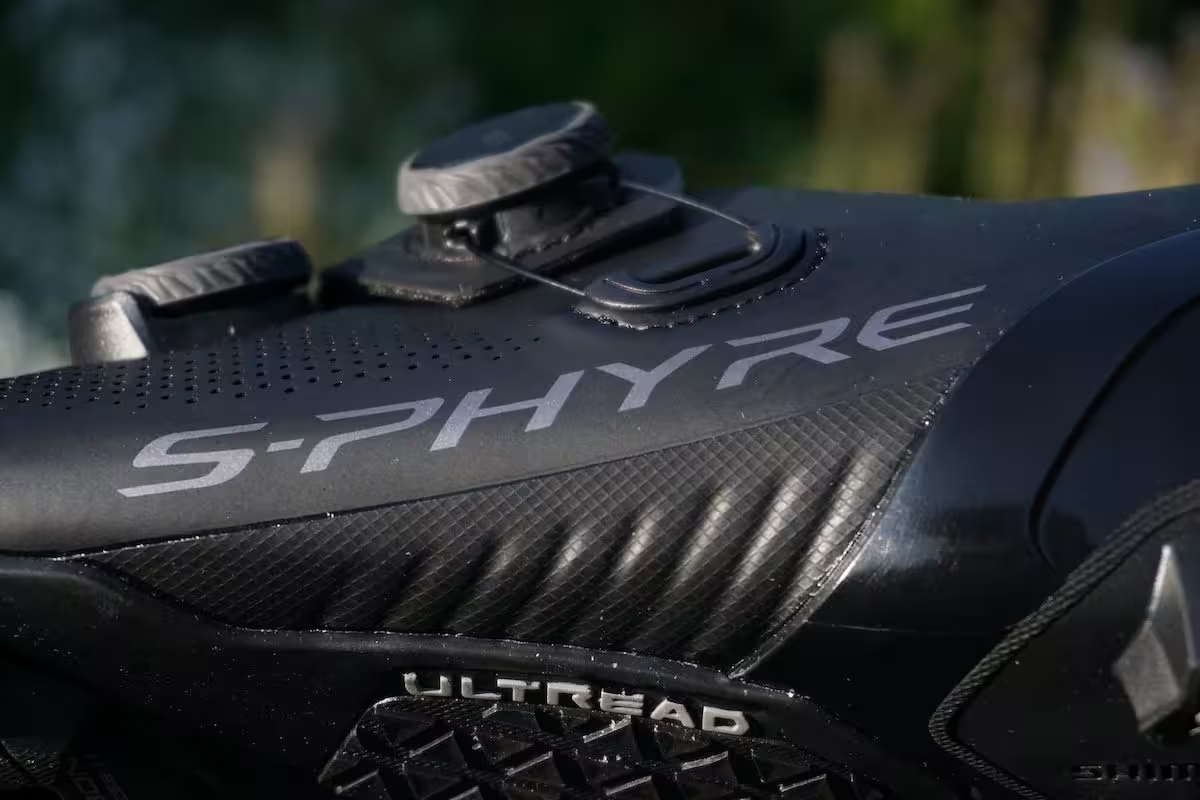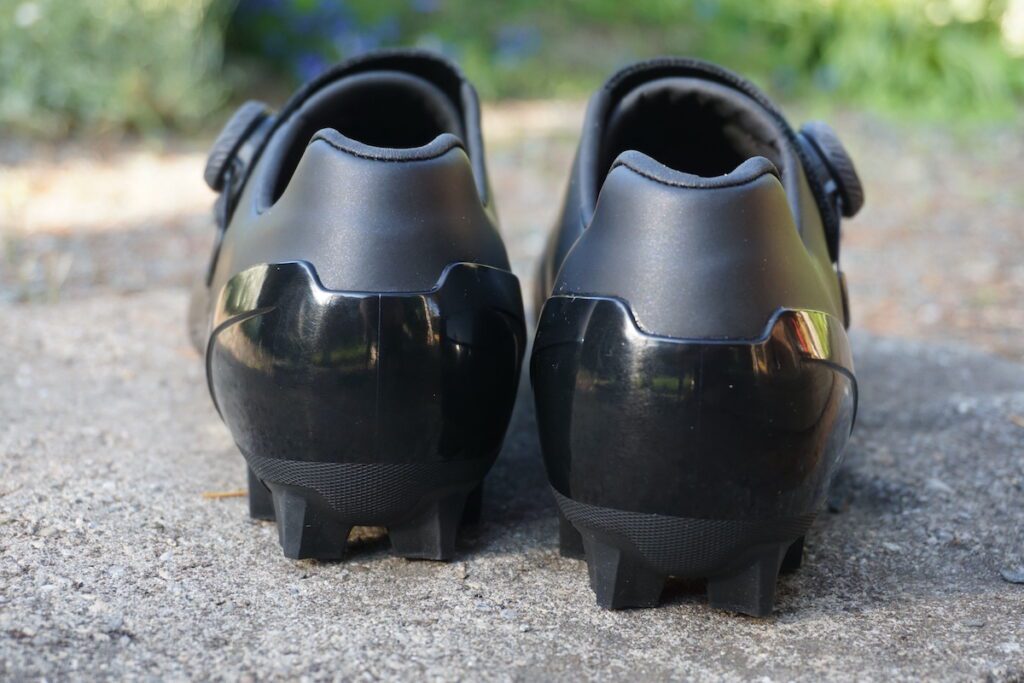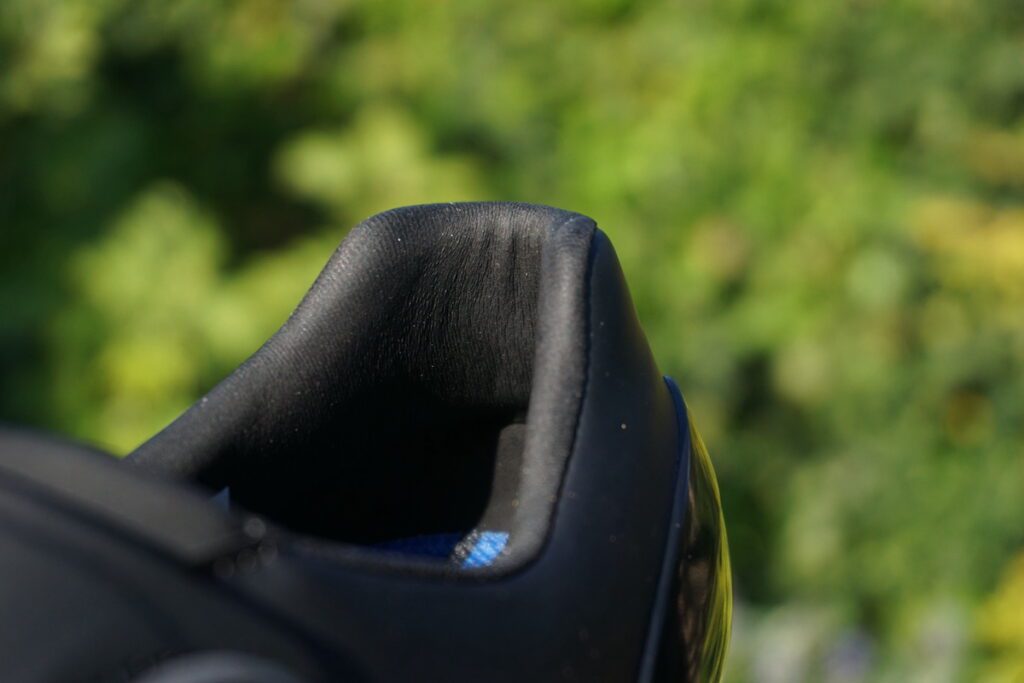How do you improve on one of the best regarded cross country shoes on the market? With the new S-Phyre XC903, Shimano proves small changes can add up to create significant improvement.
The result is a lightweight shoe that stands apart, even among high-end cross country race shoes. Here’s a rundown of the changes, features and our review of the new Shimano S-Phyre XC903.
XC903: what’s new?
While the new S-Phyre looks quite similar to what came before, there are some important differences. And some smaller ones, too. The main changes are to the upper and to heel support. Some smaller, but very nice changes include a Boa shield and changes to the lacing system.
The upper on the XC-903 is now made of the same breathable surround-wrapping microfibre leather that the road RC-903 is. The change is designed to improve comfort so that, in turn, you can improve power transfer. The microfibre leather is more elastic and more supple. That allows the shoes to be worn tighter for longer without creating discomfort or hot spots.
Shimano also borrows the anti-twist heel stabilization feature from its S-Phyre RC903 road shoe. This keeps the foot solidly in place during accelerations and efforts, but also through the various shifts in balance that come from trail riding.
S-Phyres feature two low-profile, dual-direction BOA Li2 closure dials. The allow for easy fit adjustments while riding. New for the 903 series is a small shield below the lower BOA dial to protect it from damage or accidental release on the trails. Shimano also changes most of the Boa lace cable guides from plastic to mesh. The main guide remains plastic, but the rest shift to mesh to cut weight, add comfort and, frankly, to look nicer.
Shimano uses the same lightweight carbon fibre midsole (Stiffness 11 of 12 on Shimano’s arbitrary scale) and Ultread XC lightweight rubber sole as the previous generation. And there’s still the ability to run toe spikes with one very aggressive set included.
Review: Shimano S-Phyre XC903
The S-Phyre’s arrived at our testing shack at about the same time as another new high-end pair of lightweight XC shoes. This was extra convenient for us, as it allowed for a direct comparison between new shoes – not a new pair and a worn in/worn out pair. The shoes were initially comparable in comfort, both fitting and on short rides to break them in. This could have been trouble as both are expensive…
Click Here to Read the Full Original Article at Canadian Cycling Magazine…





